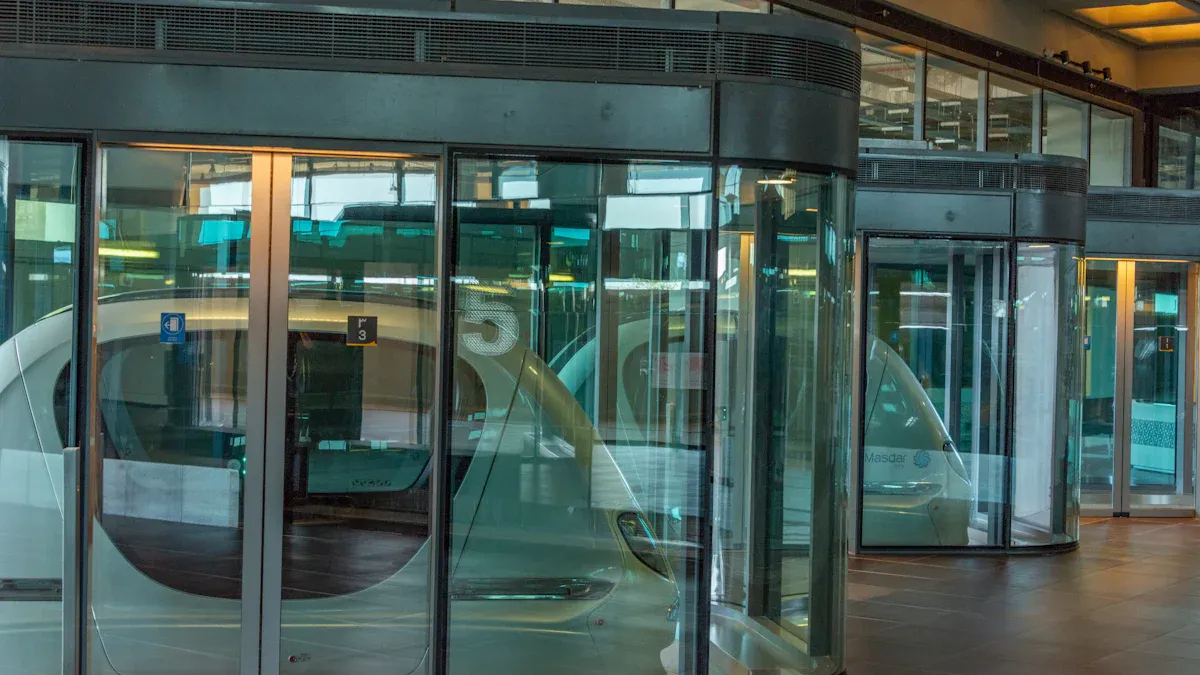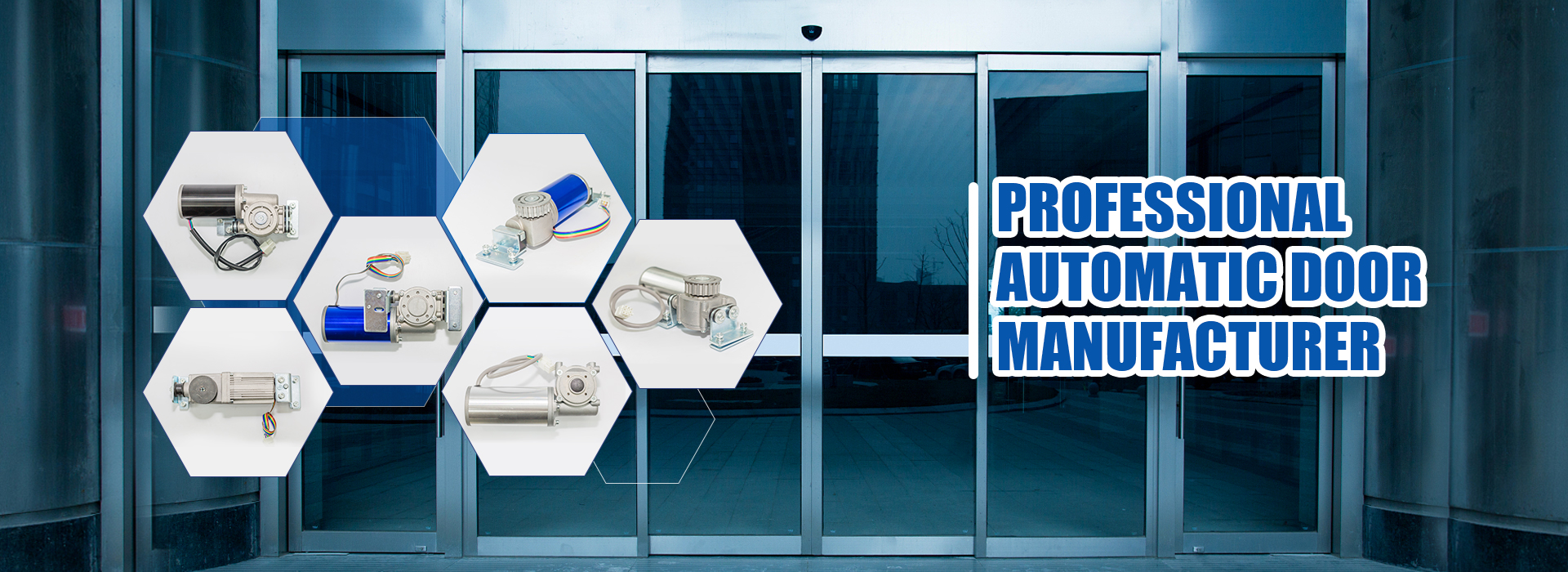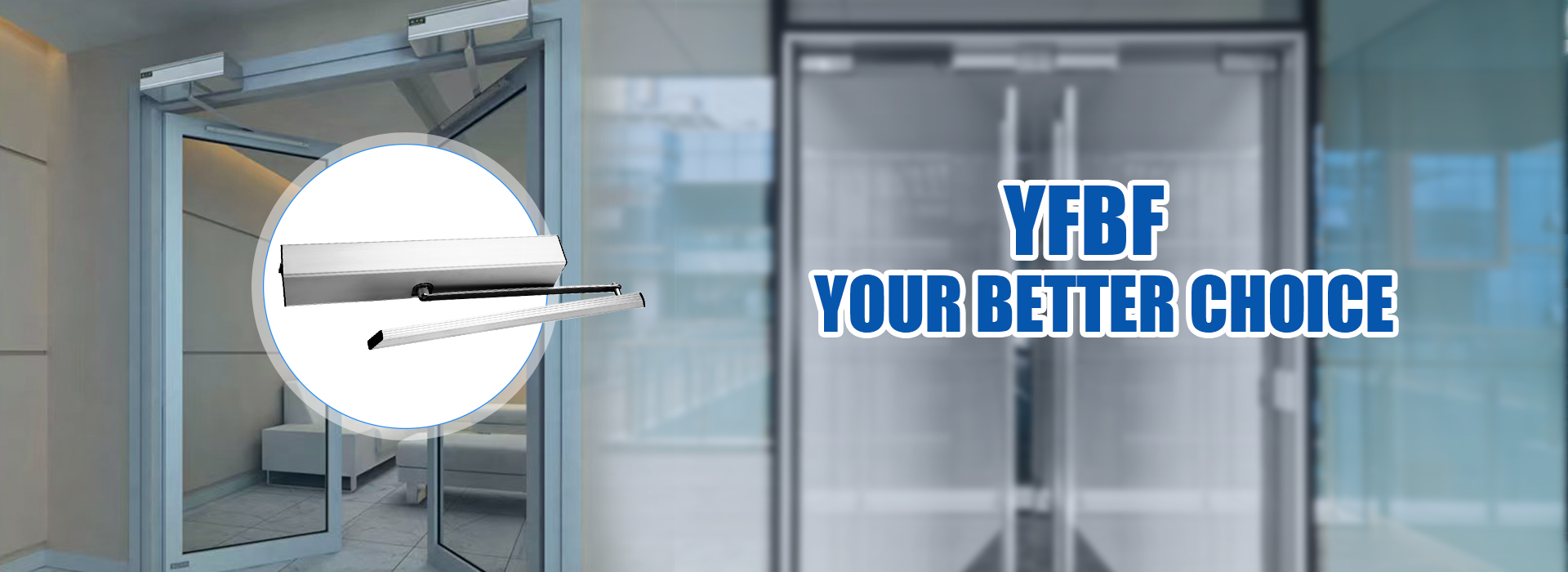
Automatic sliding door operators play a crucial role in enhancing energy efficiency. These systems utilize advanced mechanisms that significantly reduce energy consumption. By minimizing air exchange, they help maintain comfortable indoor temperatures. This efficiency not only lowers energy costs but also supports sustainable practices in various environments, such as hotels, airports, and hospitals.
Key Takeaways
- Automatic sliding doors save energy by minimizing air exchange, helping maintain comfortable indoor temperatures.
- Energy-efficient motors and smart control systems reduce electricity consumption, leading to lower utility costs.
- Regular maintenance, like cleaning sensors and scheduling inspections, ensures optimal performance and energy savings.
Energy-Efficient Motors
Energy-efficient motors are a key feature of automatic sliding door operators. These motors consume less power during operation compared to standard motors. By utilizing advanced technology, they significantly reduce electricity consumption.
| Feature | Impact on Energy Consumption |
|---|---|
| Energy-Efficient Motors | Consume less power during operation |
| Brushless DC Motors | Known for energy efficiency and long lifespan |
| Smart Control Systems | Reduce energy required to open and close the doors |
The integration of brushless DC motors enhances the overall efficiency of these systems. These motors not only save energy but also have a longer lifespan, which reduces the need for frequent replacements. Smart control systems further optimize energy use by adjusting the motor’s operation based on real-time conditions. This means that the doors only use the energy necessary for their specific tasks.
To maintain the energy efficiency of automatic sliding door operators, regular maintenance is essential. Here are some recommended practices:
- Regularly clean sensors to maintain their functionality.
- Avoid obstructions in the sensor’s detection zone to ensure proper operation.
- Schedule professional inspections at least annually by certified technicians to ensure optimal functioning.
- Monitor environmental conditions, especially during harsh weather, to prevent malfunctions.
By following these maintenance tips, users can ensure that their automatic sliding door operators continue to perform efficiently, maximizing energy savings and minimizing costs.
Automatic Closing Mechanisms
Automatic closing mechanisms in sliding door operators play a vital role in energy efficiency. These systems minimize air exchange, which significantly reduces heating and cooling losses in buildings. Here are some key benefits of these mechanisms:
- Efficient Sealing: Automatic sliding doors create a tight seal at entrances. This feature helps retain internal temperatures, leading to lower energy bills.
- Reduced Energy Costs: By minimizing air-conditioning and heating losses, these doors contribute to overall energy savings. They help maintain comfortable indoor environments while cutting down on unnecessary expenses.
- Smart Sensors: Integrated sensors optimize opening times. This technology limits heat loss during winter and cool air loss during summer, ensuring that energy remains where it is needed most.
In commercial settings, the impact of automatic closing mechanisms is even more pronounced. Research indicates that implementing a Building Automation System (BAS) can achieve energy savings of 5–15% in facilities. Additionally, a study published by PNNL in 2017 shows that properly tuned controls could reduce energy consumption in commercial buildings by approximately 29%.
The use of features such as double-glazed, thermally broken frames and integrated airlocks further enhances energy efficiency. These elements create a more effective barrier between indoor and outdoor environments, helping to maintain desired temperatures. By selecting automatic sliding doors with these energy-efficient characteristics, businesses can significantly reduce heat loss or gain, leading to substantial savings on energy costs.
Advanced Sensor Technology

Advanced sensor technology significantly enhances the energy efficiency of automatic sliding door operators. These sensors play a crucial role in detecting movement and controlling door operations. By utilizing sophisticated detection methods, they minimize unnecessary door openings, which helps maintain indoor temperatures and reduces energy costs.
- Movement Detection: Sensors detect people entering and exiting. This capability allows doors to remain closed when not in use. As a result, these systems prevent unnecessary air exchange between indoor and outdoor environments. This feature improves insulation and contributes to overall energy efficiency.
- Traffic Adaptation: Different sensor types cater to various traffic levels. For busy locations, advanced sensors like radar-based models provide superior activation speed and detection range. This responsiveness reduces unnecessary door activations, ensuring that doors only open when needed.
- Sensor Types: The effectiveness of sensors varies based on their technology. Here’s a comparison of some common sensor types used in automatic sliding door operators:
| Sensor Model | Technology Used | Purpose |
|---|---|---|
| Microwave Radar | Detects movement quickly and accurately | Activation and pedestrian safety |
| Infrared Sensors | Budget-friendly but less effective | Basic presence detection |
| Dual Technology | Combines motion and presence detection | Customizable detection patterns |
By selecting the right sensor technology, businesses can optimize energy savings. For instance, combination sensors utilize both microwave and infrared technologies to enhance activation and safety. This adaptability ensures that doors operate efficiently, minimizing energy waste.
- Environmental Adaptation: Advanced sensors adjust to environmental conditions and traffic patterns. This adaptability optimizes door operation, further reducing energy consumption. Low-power mechanisms in these operators also contribute to energy savings by adjusting speed based on traffic flow.
Adjustable Opening Speed
Adjustable opening speed is a vital feature of automatic sliding door operators. This capability allows users to set the door’s opening speed based on traffic flow and specific needs. By optimizing the speed, businesses can significantly enhance energy efficiency.
- Energy Conservation: In high-traffic areas, adjustable speeds minimize the time doors remain open. This feature helps conserve conditioned air, reducing energy loss. For instance, the EC driver T2 is specifically designed for such environments, ensuring efficient operation.
- Cost Savings: Automatic sliding doors can save building owners thousands of dollars in energy bills. They open for pedestrians and close immediately, which conserves energy. This efficiency is crucial for maintaining comfortable indoor temperatures while keeping costs low.
Research supports the benefits of adjustable opening speeds. A study shows that high-speed doors reduce energy loss by minimizing air infiltration when frequently opened and closed. Here are some key findings:
| Key Findings | Description |
|---|---|
| High-speed doors reduce energy loss | Research indicates that high-speed doors minimize air infiltration, enhancing energy efficiency. |
| Efficiency at high cycles | High-speed doors become more efficient when cycled 55 or more times per day, aiding energy-saving goals. |
| Dynamic thermal performance | High-speed doors contribute to thermal efficiency through rapid opening and closing, reducing air exchange. |
Moreover, adjustable opening speeds can work in conjunction with other energy-saving features. For example, systems like the AutoSwing allow for ‘fast’ and ‘slow’ operations, optimizing energy use based on traffic needs. Integrated safety sensors ensure smooth operation, further contributing to energy savings by reducing unnecessary door operations.
Integration with Access Control Systems
Integrating automatic sliding door operators with access control systems significantly enhances energy efficiency. This integration allows for seamless management of door operations, ensuring that doors open only when necessary.
| Evidence | Description |
|---|---|
| Access Control Integration | Automatic sliding doors can be equipped with electric strikes and latch retraction kits that work with access control systems, enhancing functionality and security. |
| Compatible with Security Systems | These operators are designed to work seamlessly with existing access control systems, helping manage door operations efficiently. |
By utilizing access control systems, businesses can optimize energy use in various ways:
- Optimized Lighting Control: Access control systems regulate lighting based on occupancy. They turn lights on when a room is occupied and off when it is not, saving energy.
- HVAC Systems: These systems adjust temperature settings based on occupancy. They operate efficiently when rooms are occupied and conserve energy when empty.
- Smart Scheduling: Access control systems predict peak occupancy times. This allows for pre-emptive energy adjustments, leading to significant savings.
- Energy Usage Monitoring: Detailed reports on occupancy patterns help facility managers optimize energy use in underutilized areas.
- Reduced Equipment Wear and Tear: By operating systems only when necessary, access control reduces maintenance costs and extends equipment lifespan.
Integrating automatic sliding door operators with access control systems not only enhances security but also promotes energy efficiency. This combination empowers businesses to create a more sustainable environment while reducing operational costs.
Selecting automatic sliding door operators with energy-saving features is crucial for reducing energy costs and promoting environmental sustainability. These systems minimize air leakage, which is vital for maintaining temperature control. They also help regulate HVAC costs, which can account for up to 40% of total building energy consumption. By making informed choices, consumers can enjoy long-term benefits, including lower utility costs and increased property value.
Benefits of Energy-Saving Automatic Sliding Door Operators:
- Energy Savings: Automatic doors help regulate temperature, reducing heating and cooling costs.
- Increased Property Value: Buildings with these doors often see a rise in value due to energy efficiency.
- Lower Utility Costs: Enhanced energy efficiency leads to significant reductions in energy bills.
FAQ
What are the main benefits of automatic sliding door operators?
Automatic sliding door operators enhance energy efficiency, reduce utility costs, and improve indoor comfort by minimizing air exchange.
How do sensors contribute to energy savings?
Sensors detect movement, ensuring doors open only when necessary. This feature prevents unnecessary air loss, maintaining indoor temperatures efficiently.
Can automatic sliding doors integrate with existing security systems?
Yes, automatic sliding doors can seamlessly integrate with access control systems, enhancing security while optimizing energy usage in buildings.
Post time: Sep-26-2025



